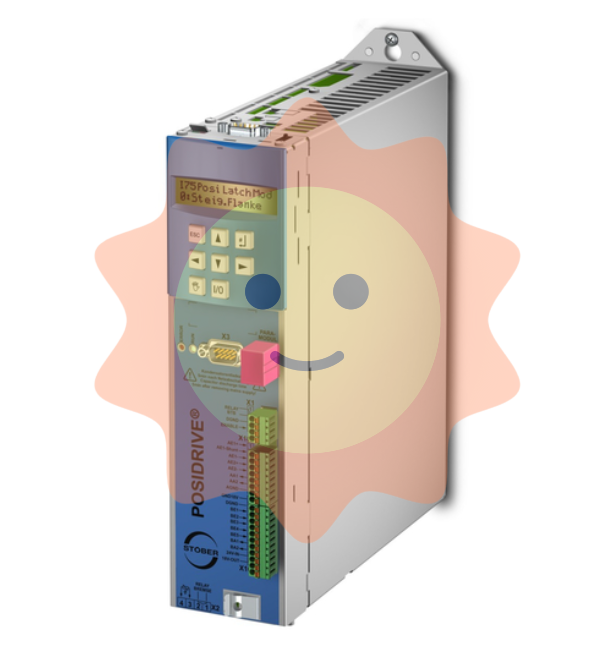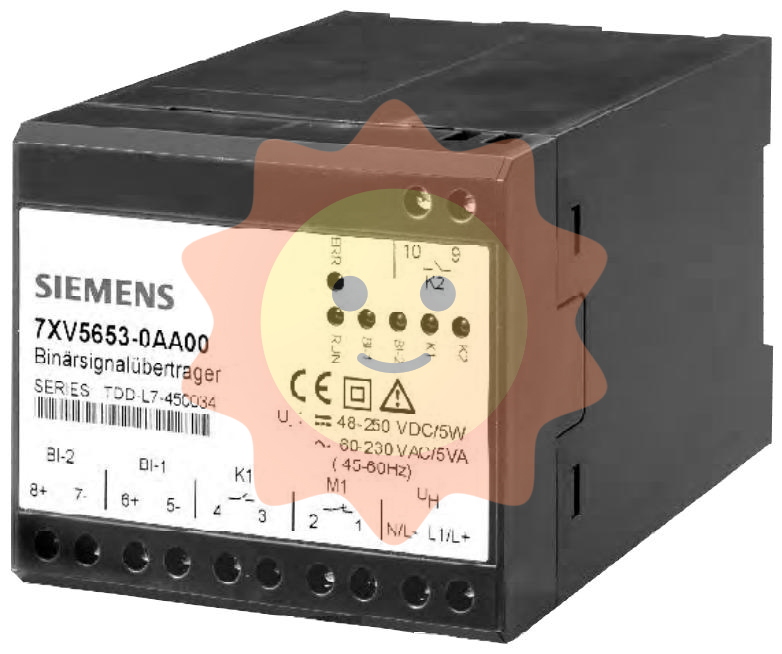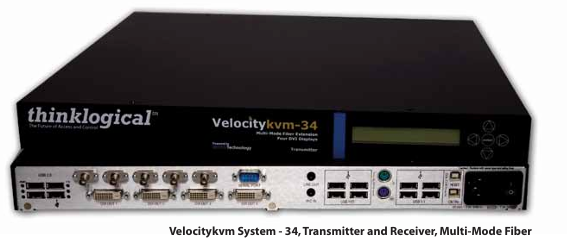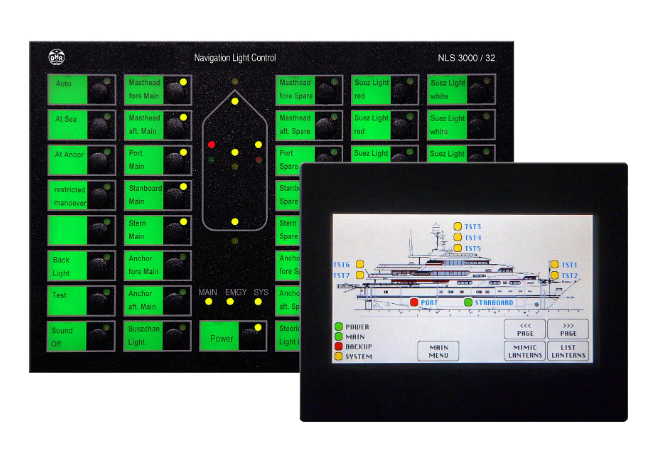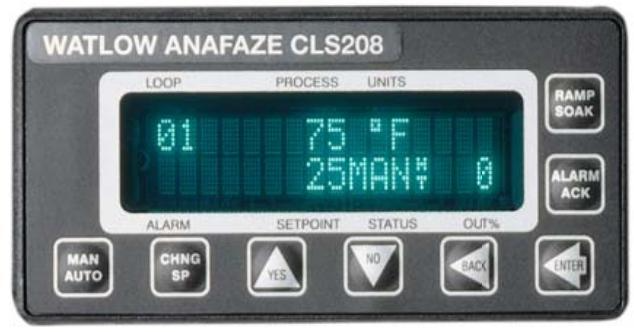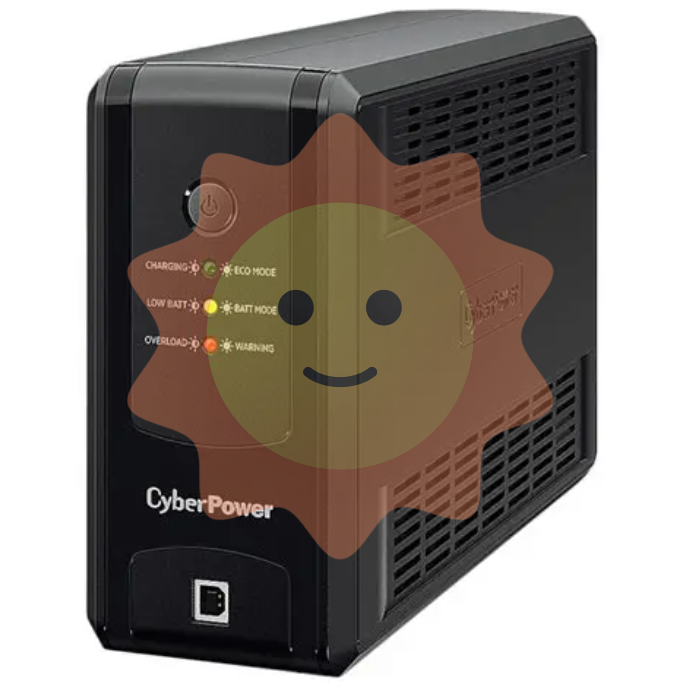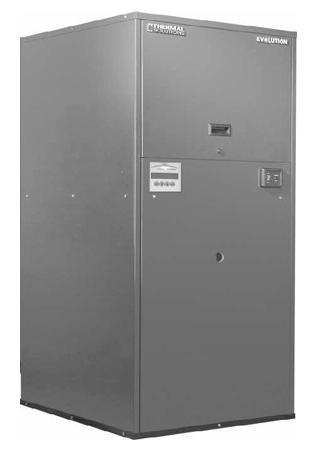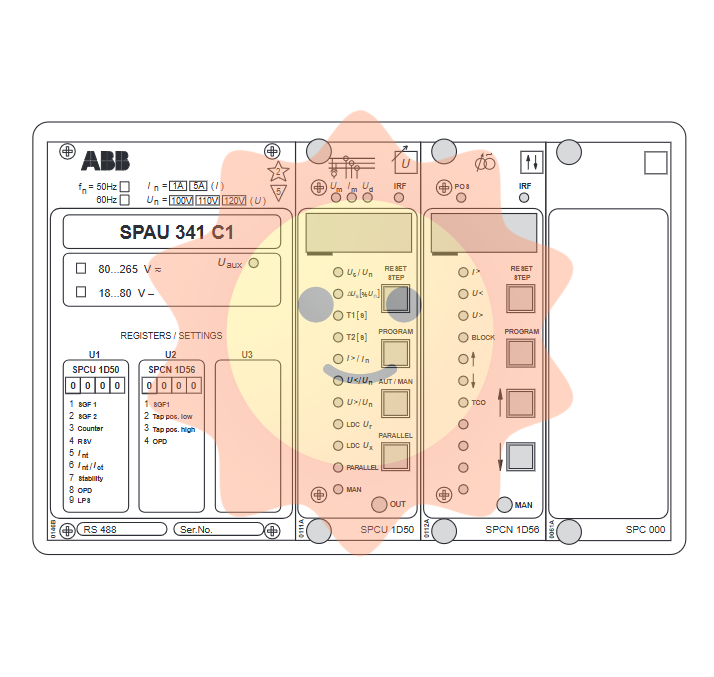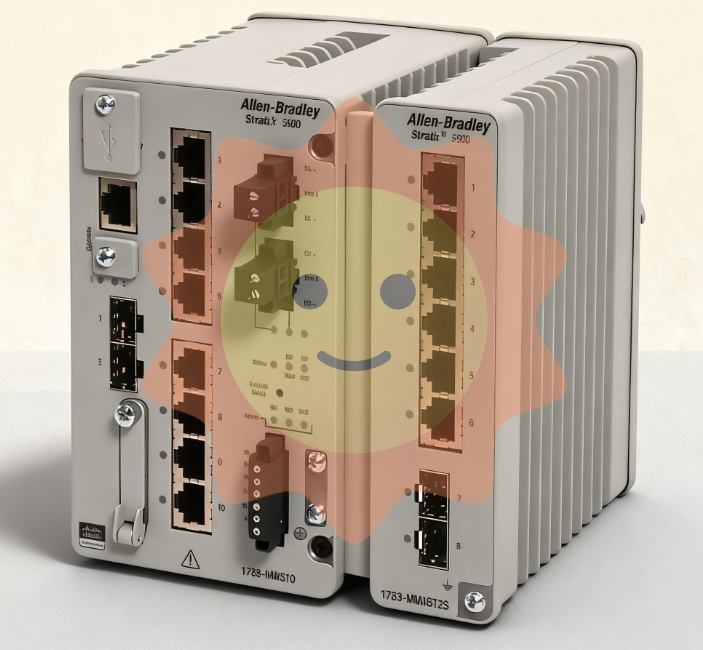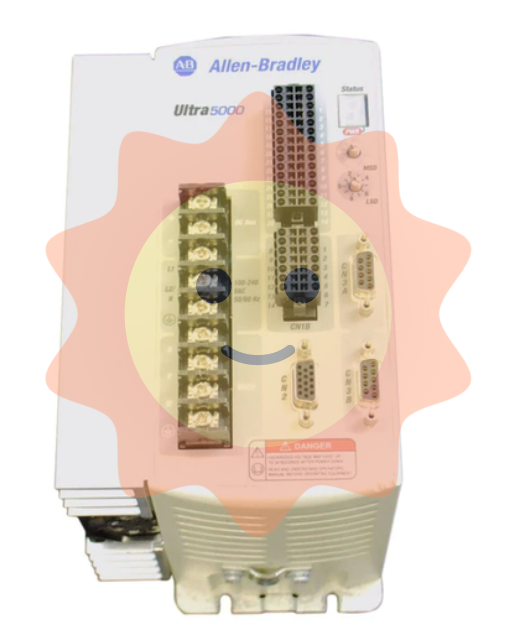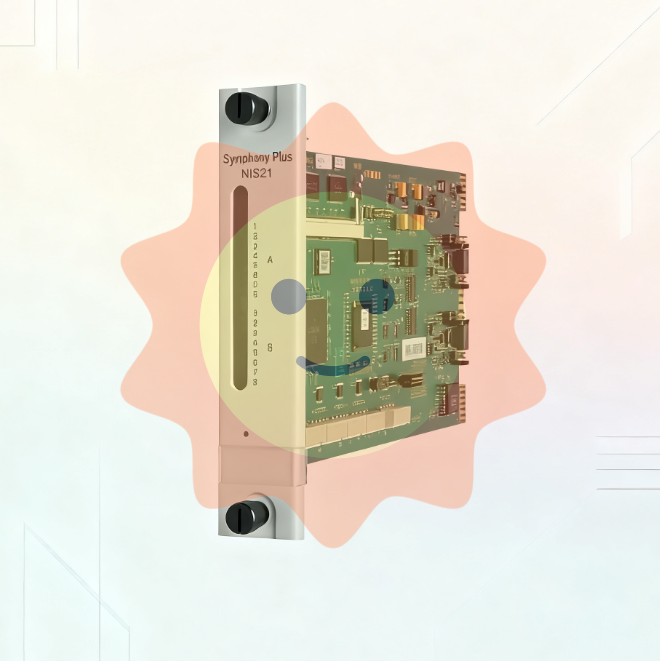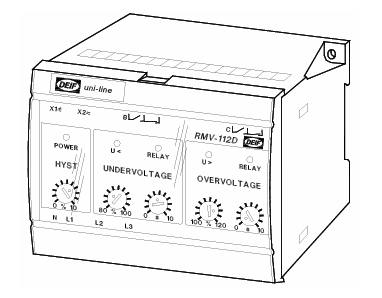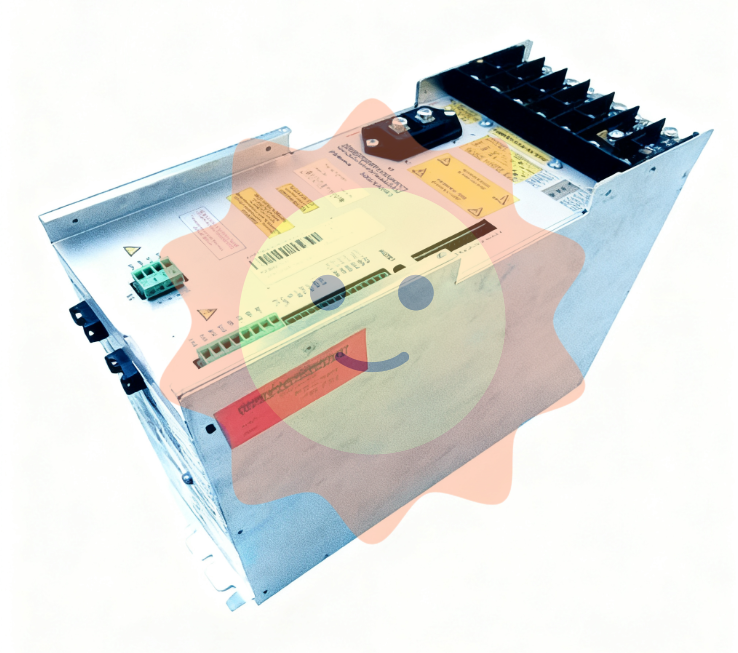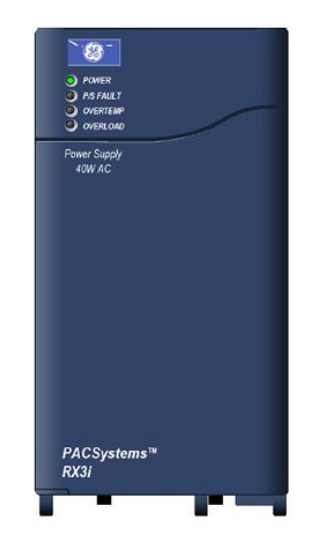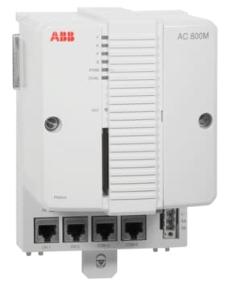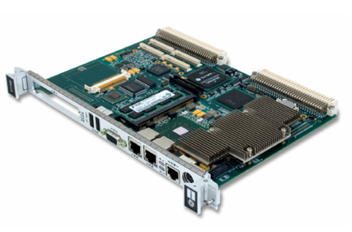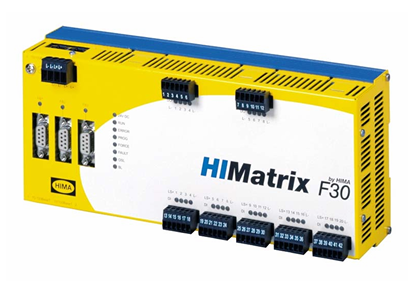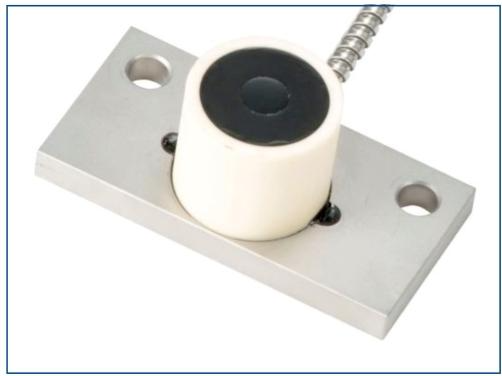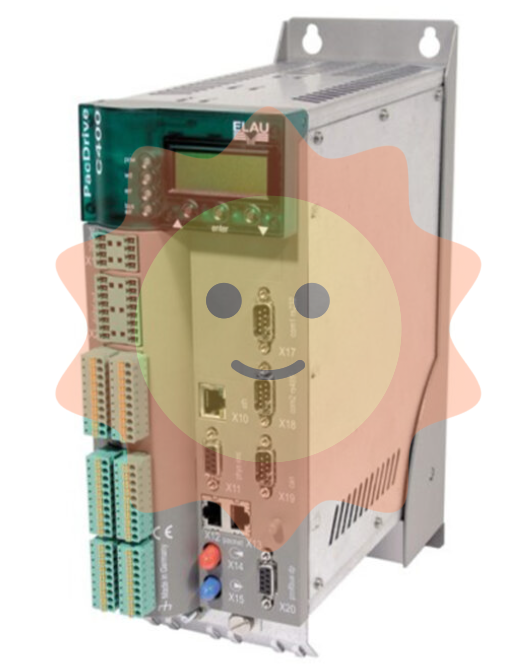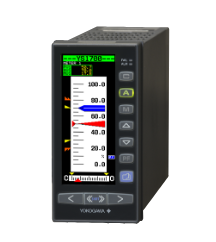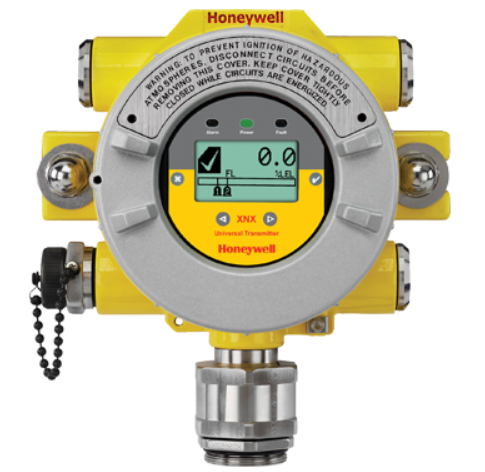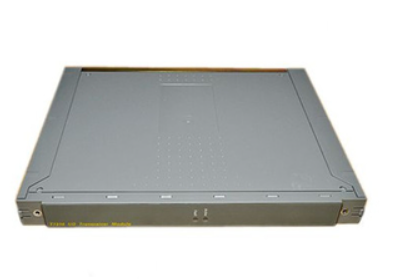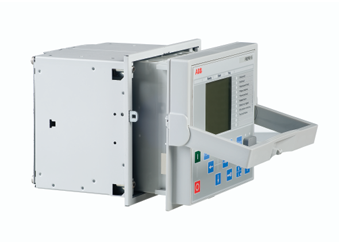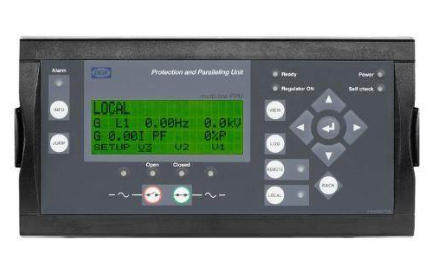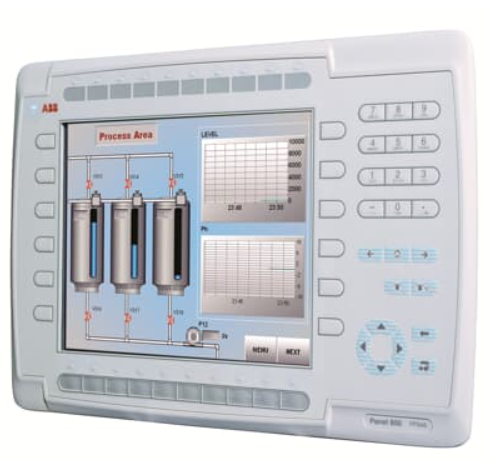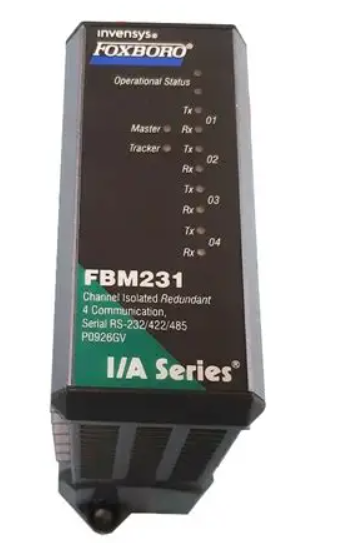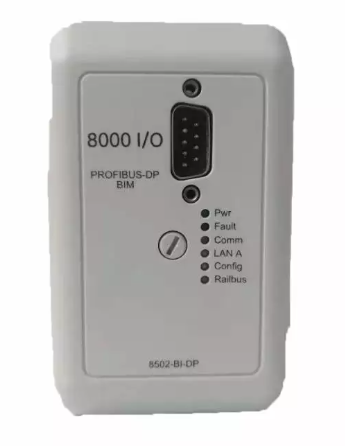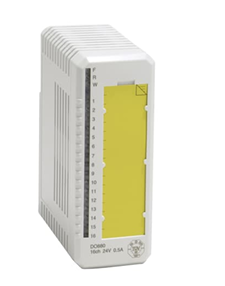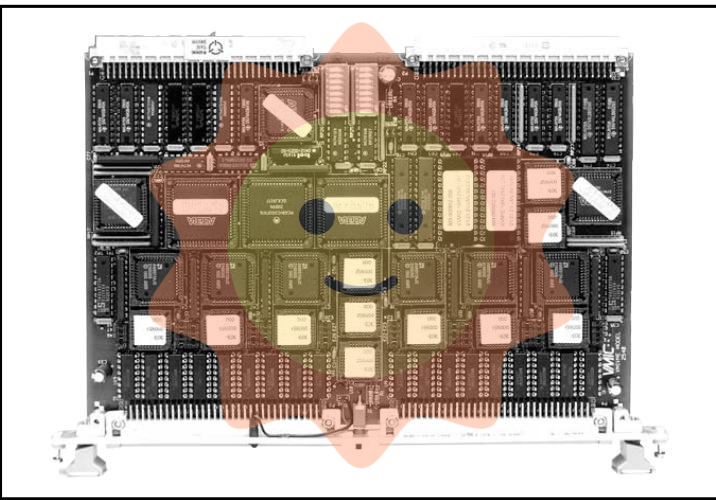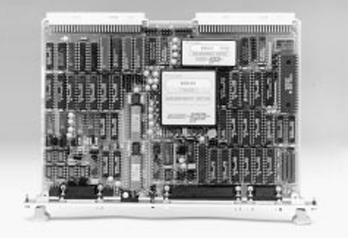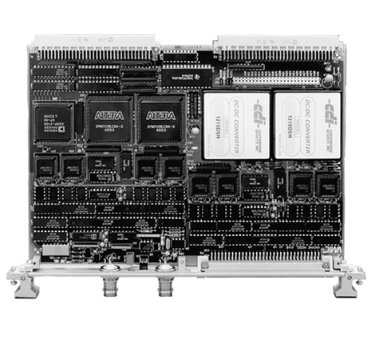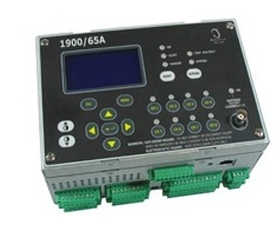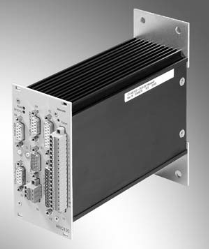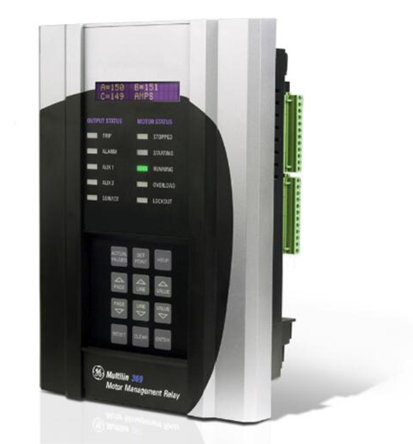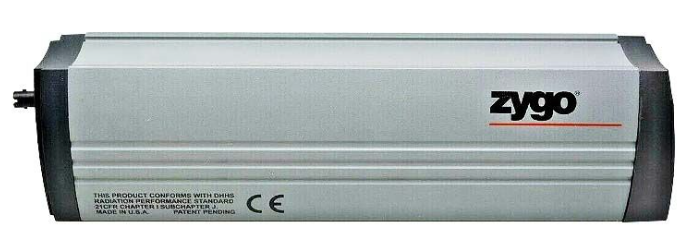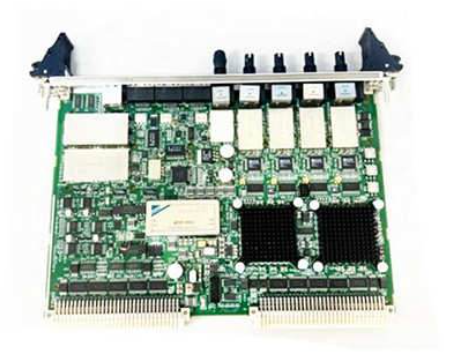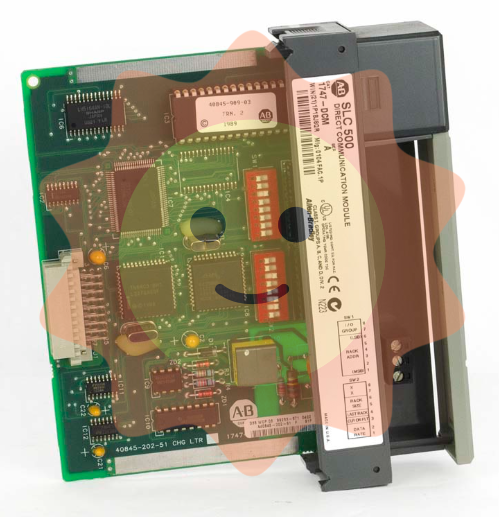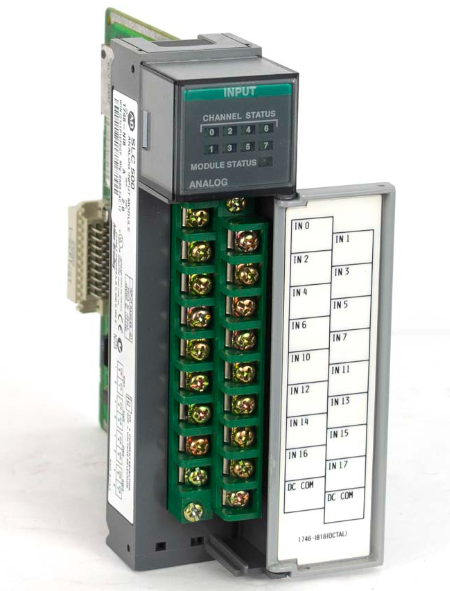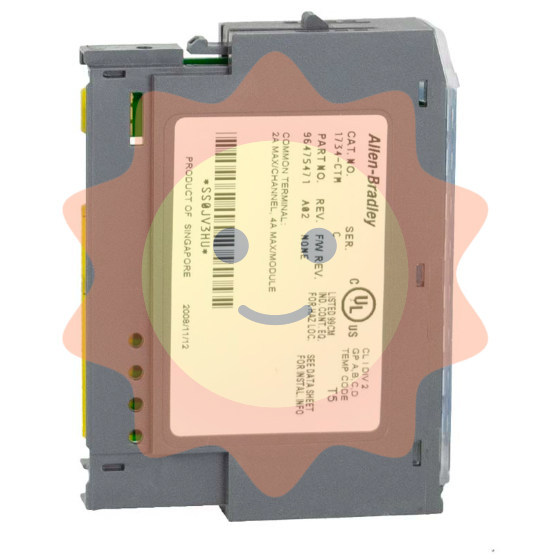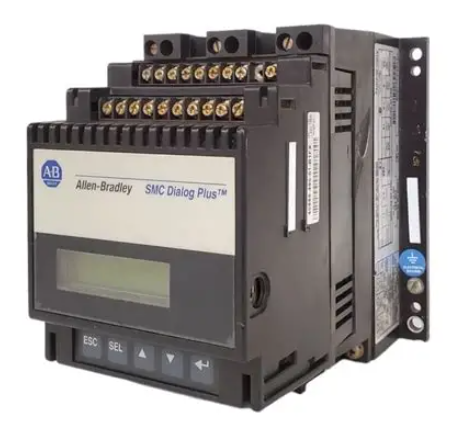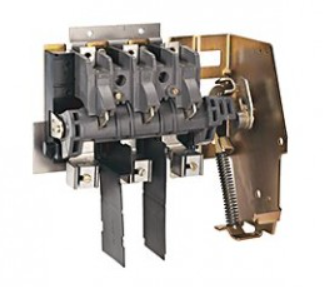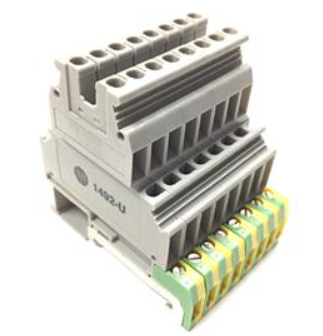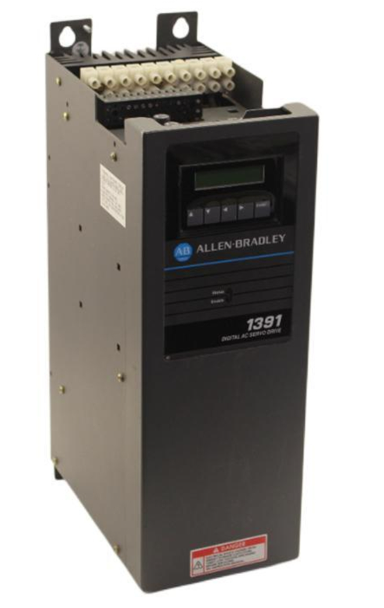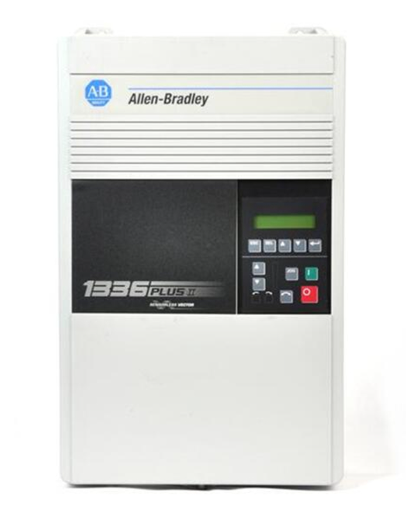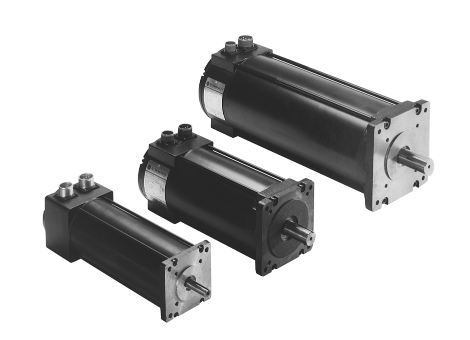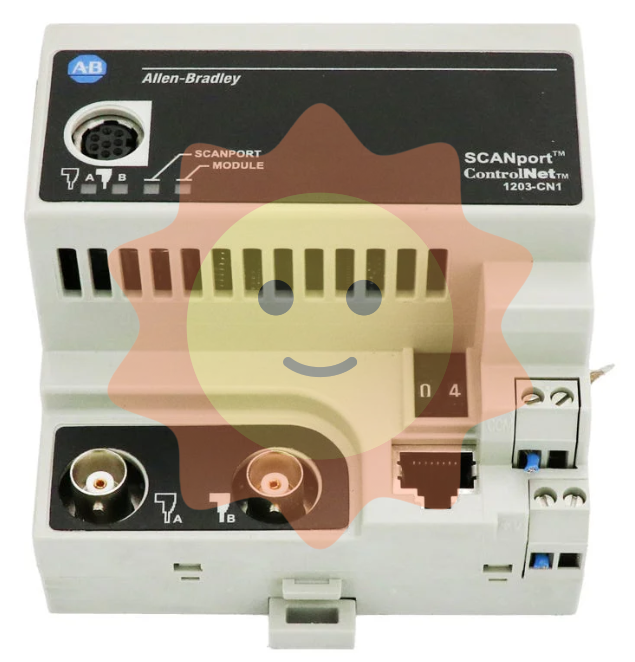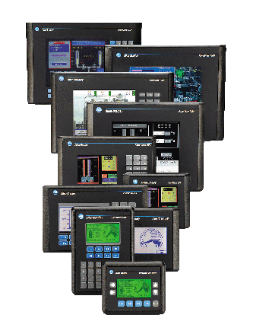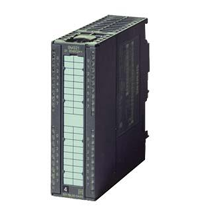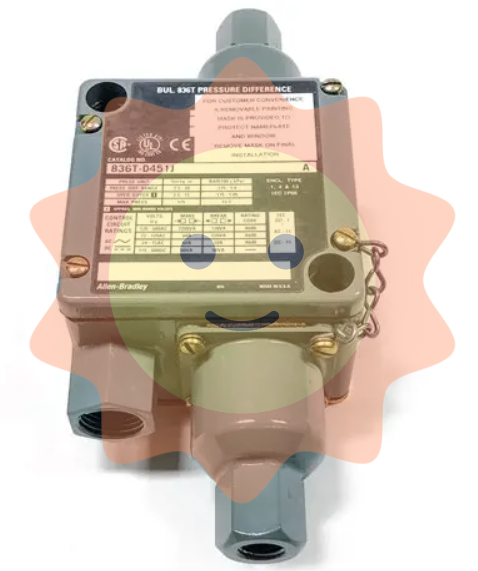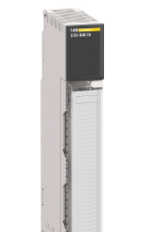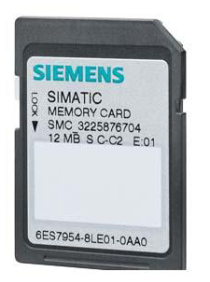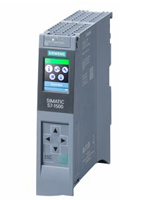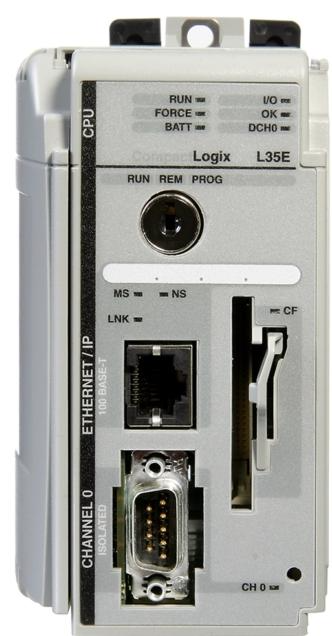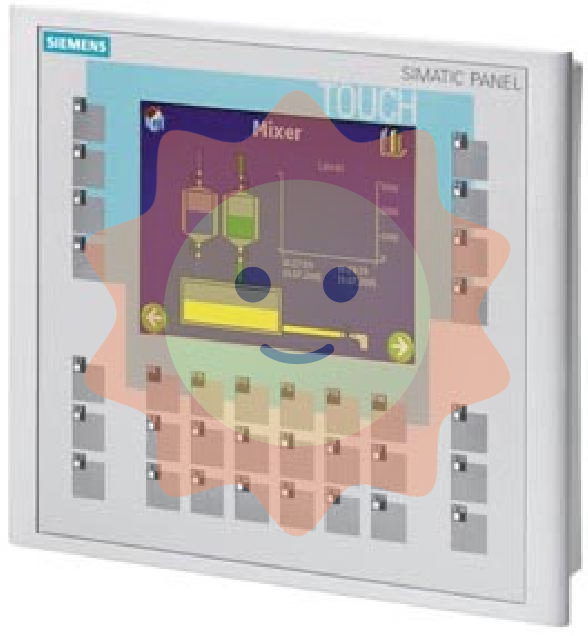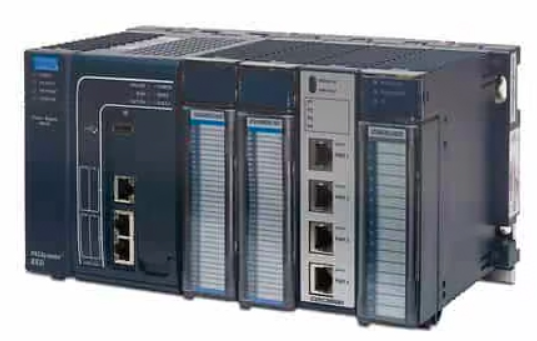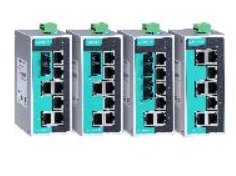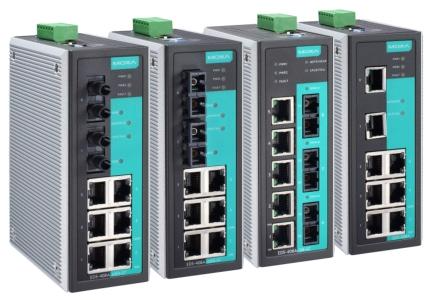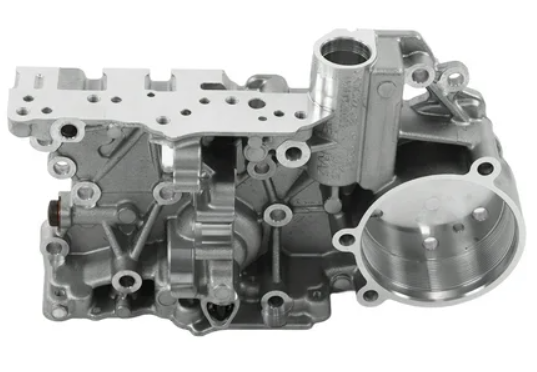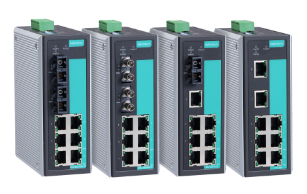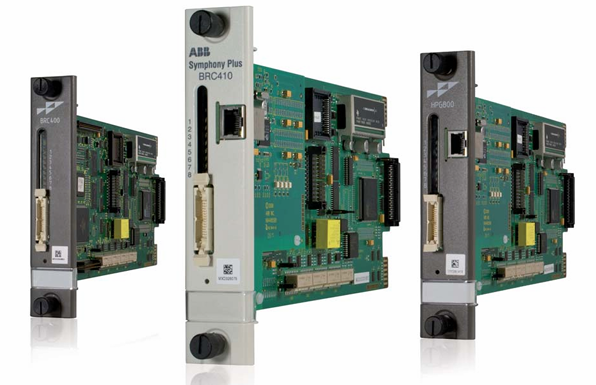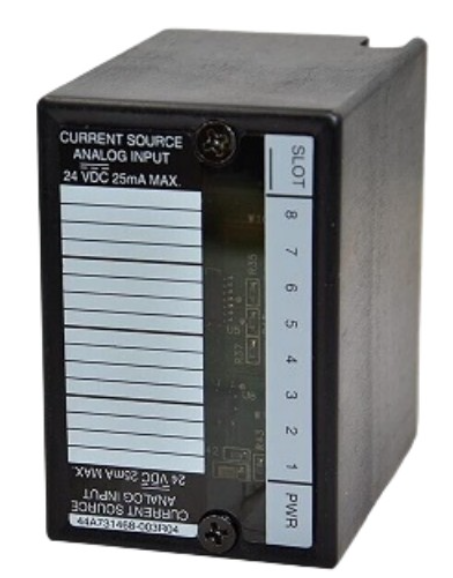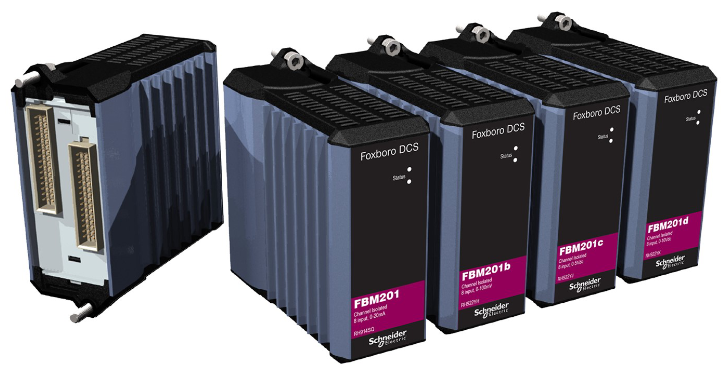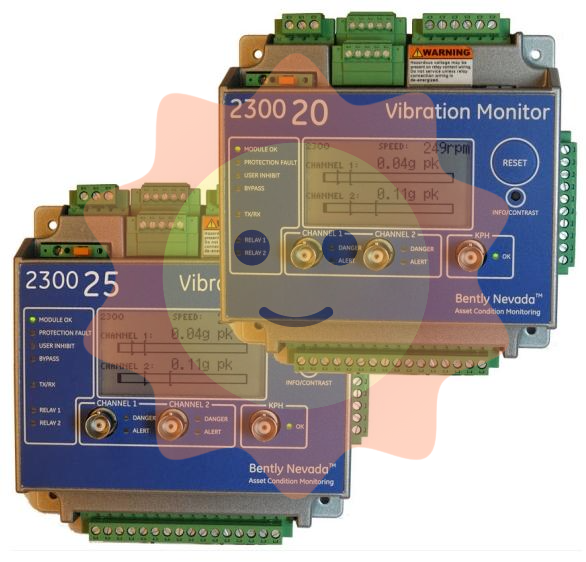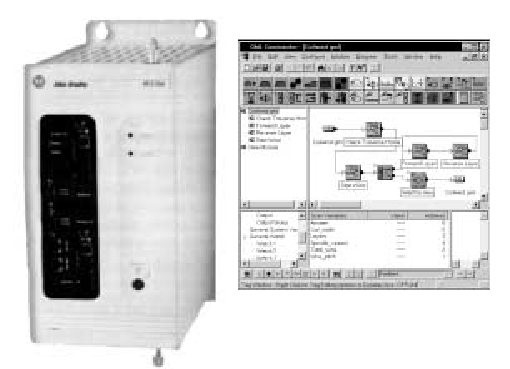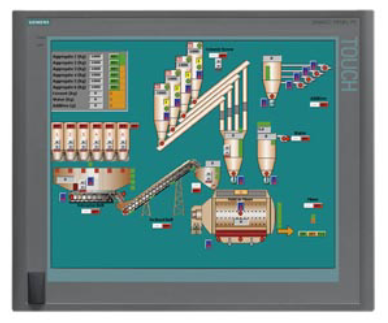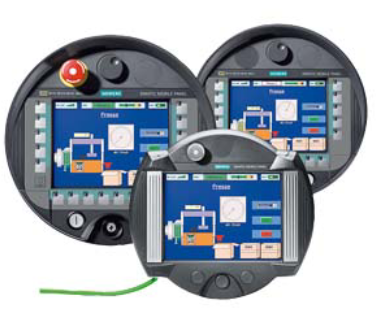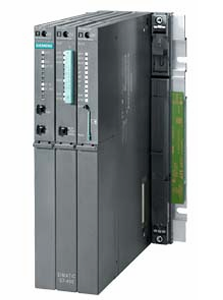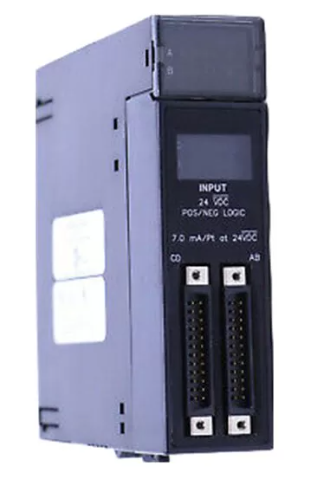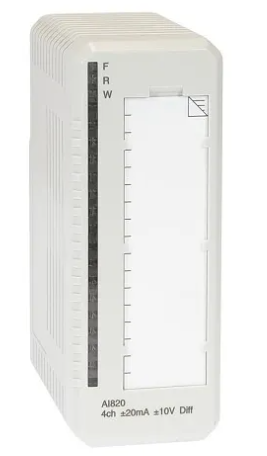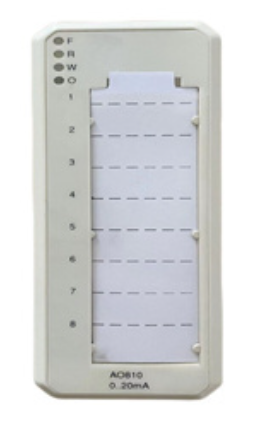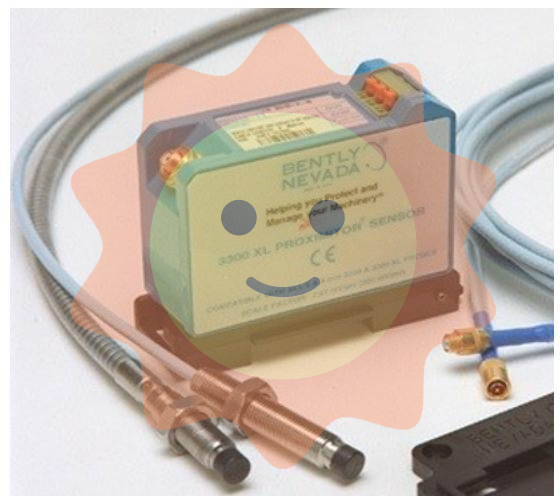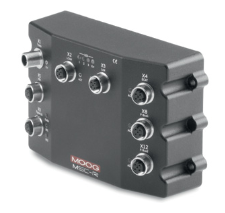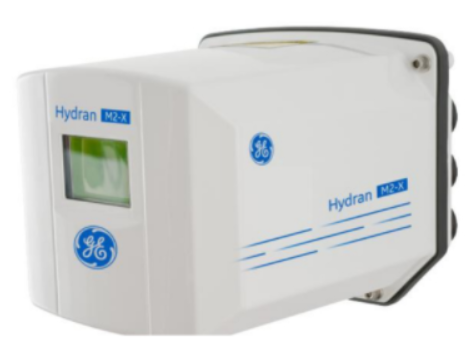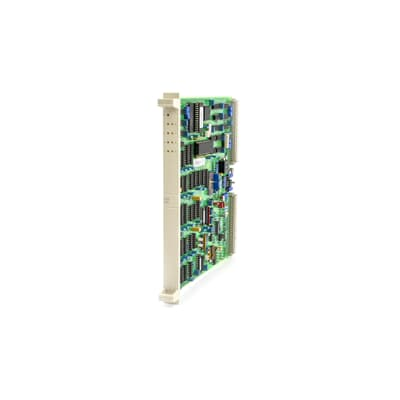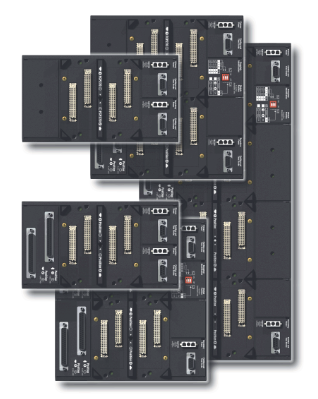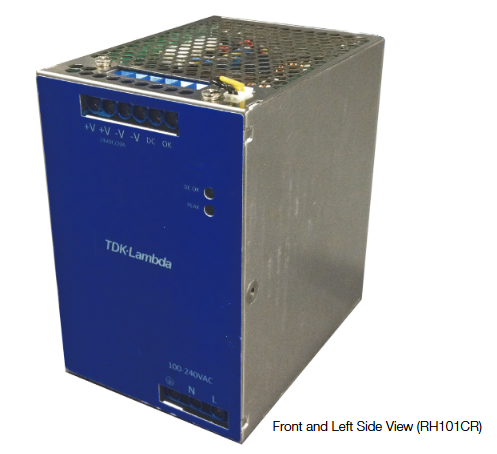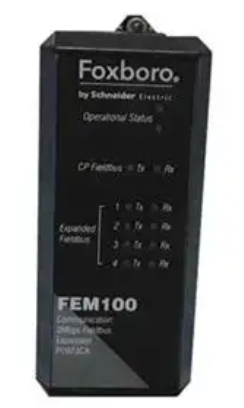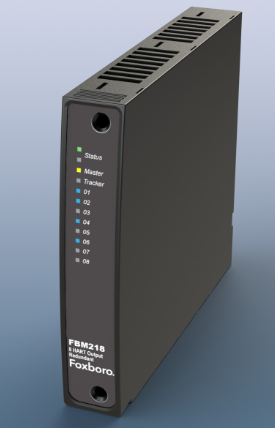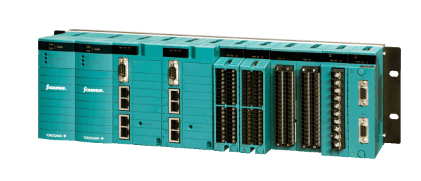GE IC698ACC701 Auxiliary Smart Battery Module
GE IC698ACC701 Auxiliary Smart Battery Module
Overview
Product Definition and Function: The GE IC698ACC701 Auxiliary Smart Battery Module is an important component in the GE family of automation equipment. It is mainly used to provide backup power support for the system in case of emergency such as failure or power loss of the main power supply, to ensure the preservation of critical data and safe shutdown of the system, or to maintain the operation of the equipment for a short period of time in some occasions where uninterrupted power supply is required.
Working Principle
Charging process: Under normal power supply conditions, the module is connected to the main power supply, which will charge the battery inside the module. There is a charging management circuit inside the module, which can precisely control the charging process, including controlling the charging current, charging voltage and other parameters. It can use appropriate charging strategies, such as constant current charging, constant voltage charging and other stages, depending on the type and state of the battery. Generally, the charging current is limited to a safe range to avoid overheating or overcharging damage to the battery, and to ensure that the battery can store power efficiently.
Discharge process: When the main power supply fails or drops out, the module will automatically switch to the discharge mode. The battery outputs power through the internal discharge circuit to provide a stable DC power source for the connected devices. During the discharge process, the module monitors the battery's voltage, current, and other parameters, and adjusts the output according to these parameters to ensure that the output voltage is within the acceptable range for the device. For example, it may use a voltage regulation circuit to stabilise the output voltage to prevent the voltage from being too low due to a drop in battery power, which affects the normal operation of the device.
Intelligent management and monitoring: the module has an intelligent management function that can monitor the status of the battery in real time. It can monitor the remaining battery power, health status (such as changes in battery internal resistance) and other information. Through the internal communication interface (e.g. serial communication interface), this information can be transmitted to the upper control system so that the operator can keep abreast of the status of the battery module. In addition, the module can automatically adjust the charging and discharging strategy according to the battery status, for example, when the battery is aging, the charging current and voltage are adjusted appropriately to prolong the service life of the battery.
Performance Features
Highly Reliable Backup Power: Provides reliable backup power support to ensure that critical equipment can continue to operate when the main power supply fails. The performance of the battery has been rigorously tested to maintain a stable output even after multiple charge/discharge cycles. For example, in an industrial automation control system, when the external power supply is suddenly interrupted, it can provide enough power for critical equipment such as controllers to enable the equipment to shut down normally or maintain operation for a short period of time, avoiding data loss and equipment damage.
Intelligent Battery Management: Intelligent battery management system is one of its major features. It extends the service life of the battery through real-time monitoring of the battery status and automatic adjustment of the charging/discharging strategy. The remaining battery power can be accurately estimated with a small error range, generally between ±5% - ±10%, providing users with reliable power information. At the same time, the monitoring of battery health can provide an early warning of potential battery problems, such as issuing a timely alert to remind users to replace the battery when the internal resistance of the battery increases above a certain threshold.
Compatibility and Integration: Designed for compatibility with other GE automation equipment, it can be easily integrated into existing systems. It can communicate with the main controller, power management system, etc. through standard interfaces to achieve collaborative work. For example, in a complex industrial automation system, the module can form a complete power management system with other power modules and controllers to ensure stable system operation.
Multiple Protection Functions: It is equipped with multiple protection mechanisms, including overcharge protection, overdischarge protection, and short circuit protection. Overcharge protection can prevent the battery from being damaged due to overcharging. When the battery voltage reaches the set overcharge protection threshold, the charging circuit will automatically stop charging. Over-discharge protection ensures that the battery will not be damaged by over-discharge, when the battery voltage drops to a certain level, the module will automatically cut off the output or reduce the output power. Short-circuit protection can quickly cut off the circuit when short-circuit occurs on the output side to protect the safety of the battery and other equipment.
Technical Parameters
Battery parameters
Battery type: usually use lithium batteries or lead-acid batteries, different types of batteries have different characteristics, such as lithium batteries with high energy density and low self-discharge rate; lead-acid batteries have lower cost and higher safety.
Battery capacity: the capacity size varies according to specific models, generally between a few ampere-hours (Ah) to tens of ampere-hours, for example, the common capacity of 4Ah, 7Ah, 12Ah, etc., the battery capacity determines the length of time the main power supply fails to be able to provide power for the equipment.
Battery Rated Voltage: The output voltage is generally 12V, 24V and other standard DC voltages to meet the requirements of different devices on the power supply voltage.
Charging parameters
Charging current range: The charging current can be adjusted between 0.5A - 5A, the specific charging current depends on the battery capacity and charging mode. For example, for smaller capacity batteries, the charging current may be between 0.5A - 2A; for large capacity batteries, the charging current may reach 3A - 5A.
Charging Voltage Range: Depending on the rated voltage of the battery, the charging voltage will be set accordingly. For example, for 12V battery, the charging voltage may be between 13.8V - 14.4V; for 24V battery, the charging voltage may be between 27.6V - 28.8V.
Discharge Parameters
Output Voltage Accuracy: In the process of discharging, the output voltage accuracy is high, and generally can be maintained within ±3% - ±5% of the rated voltage, ensuring stable power supply for the equipment.
Output current range: The output current can meet the needs of the connected equipment, and the maximum output current can range from a few amperes to more than ten amperes, depending on the design of the module and the capacity of the battery. For example, the maximum output current may be 5A, 10A, etc., which can provide power for multiple devices or devices with higher power.
Communication Parameters
Communication interface type: Usually supports serial communication interface, such as RS-232, RS-485, etc., which is convenient for data transmission with the upper control system.
Communication protocols: follow GE's internal communication protocols or some industrial standard communication protocols, used for transmitting battery status information, alarm information and so on.
Physical Parameters
Dimensions: The external dimensions are generally designed according to the installation requirements, the length may range from 10cm - 30cm, the width from 5cm - 15cm, the thickness from 3cm - 10cm, which is convenient to install in the control cabinet or specific location of the equipment.
Weight: The weight varies depending on the battery capacity and other factors, generally between 1kg - 5kg.
Environmental parameters
Operating Temperature Range: Can work in a wide range of temperature, generally - 20 ℃ - + 60 ℃, can be adapted to different industrial site temperature conditions.
Humidity range: the relative humidity range is usually 10% - 90% (non-condensing), to ensure normal operation in different humidity environments.

- User name Member Level Quantity Specification Purchase Date
- Satisfaction :
-









Email:wang@kongjiangauto.com









